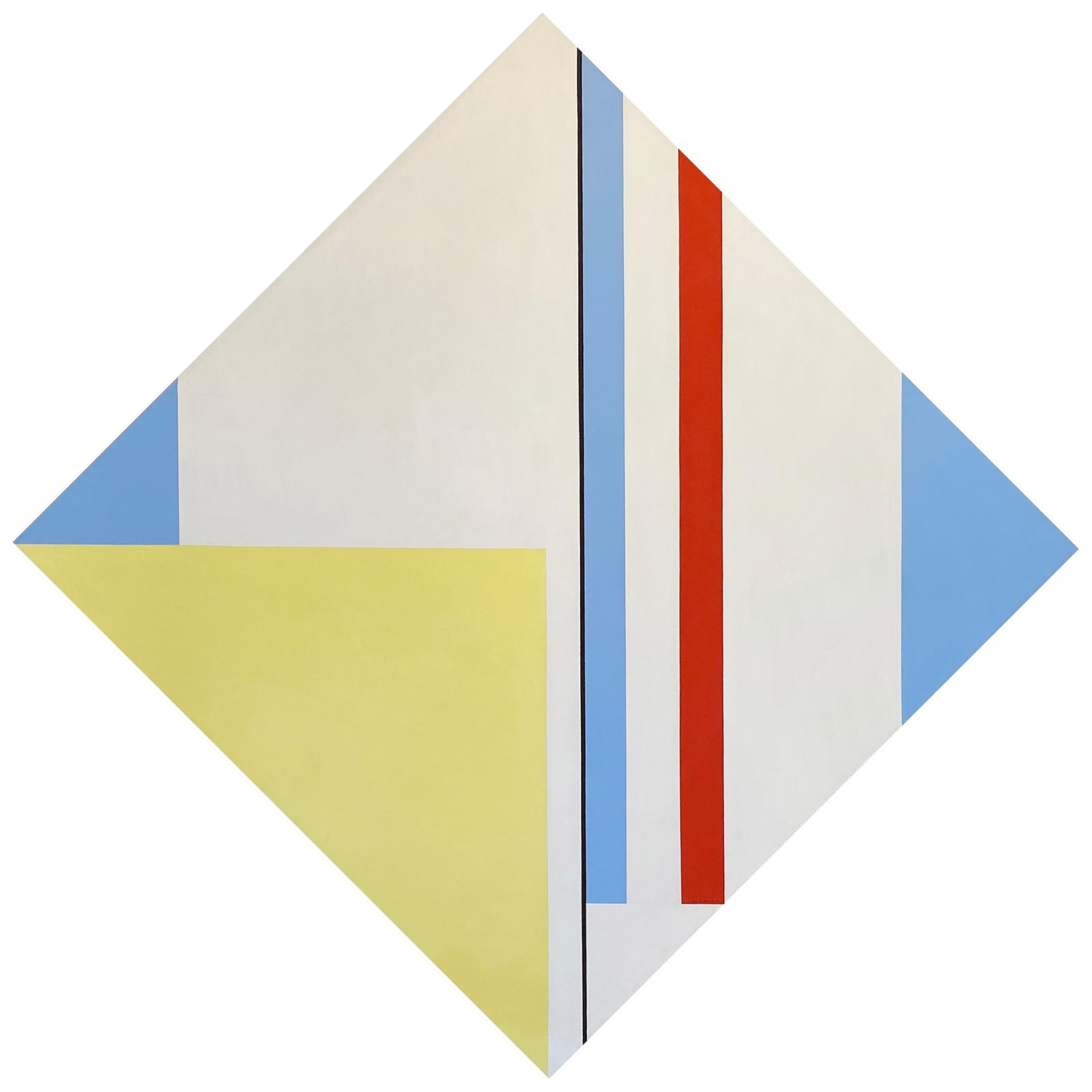artist
Born in St. Petersburg, Russia, Ilya Bolotowsky immigrated with his family to New York City in 1923, and the following year began studying at the National Academy of Design. He had his first one-man-show at G.R.D. Studios in 1930. Within the decade, he would become a member of "The Ten," a group of artists including Mark Rothko and Adolph Gottlieb who explored the use of abstraction for expressive purposes. Heavily influenced by the Dutch painter Piet Mondrian, whose work he first saw in 1933, Bolotowsky was initially inspired by Cubism and De Stijl, but evolved throughout his career to give way to an austere brand of geometric abstraction based upon line, shape, and color. In 1937, he became a founding member of the American Abstract Artists, who rejected American Scene painting. Bolotowsky turned gradually toward a clear and precise style reliant upon sharply defined linear structures, which varied in shape over the course of his career. His aim was to generate order through geometric abstraction and equilibrium. As the artist himself noted:
"Nowadays, when paintings torture the retina, when music gradually destroys the eardrum, there must, all the more, be a need for an art that searches for new ways to achieve harmony and equilibrium."
—Ilya Bolotowsky, 1974
His work espouses the aesthetic principles of Neo-Plasticism, the style for which he became a well-known arbiter. Bolotowsky's diamond-shaped canvases have brought results as high as $53,000 at auction to date.
Description
White Diamond is a quiet and confident example of Bolotowsky’s mature style, created in the period leading up to his retrospective, held at the Guggenheim in 1974. In comparison to earlier canvases from the 1930s and 40s, White Diamond is a sizable canvas at 70 ½ x 70 ½ inches and one of his largest large-scale works. A contemplative study in primary color, overlaying planes and lines in yellow, red, and blue sit on a field of white dividing the composition into a series of asymmetrical geometry. Begun in 1947, Bolotowsky continued to utilize shaped canvases throughout his career and, of the non-square formats, it was the lozenge-shaped format he first turned to. Later he would expand to elliptical and tondo forms. As is the theme of his oeuvre, Bolotowsky’s aim was to generate order through geometric abstraction and equilibrium. White Diamond is a quintessentially Bolotowsky painting, embodying his belief that shaped canvas’, and their unusual means of presentation, allowed for a more spacious and dynamic composition, as he noted in a 1974 interview:
“The active area of the diamond format canvas is larger psychologically than it is physically, which is something gained. Another reason the diamond is bigger is that the diagonal measurements of a canvas are bigger than the dimensions of the same canvas measures as a square. A sensation of freedom is gained through this seemingly larger size.”
– Ilya Bolotowsky, 1974
provenance
Grace Borgenicht Gallery, New York
Collection of Joseph H. Hirshhorn, Washington, D.C. (acquired from the above in 1968)
Sotheby's Arcade, 1 April 1998
Michael Rosenfeld Gallery, New York
Private collection, acquired from the above
Sotheby’s Contemporary Online Sale, 21 June 2021
















